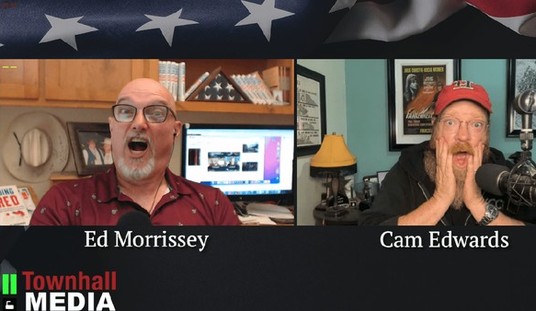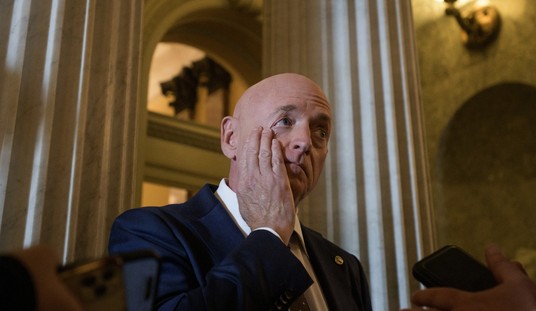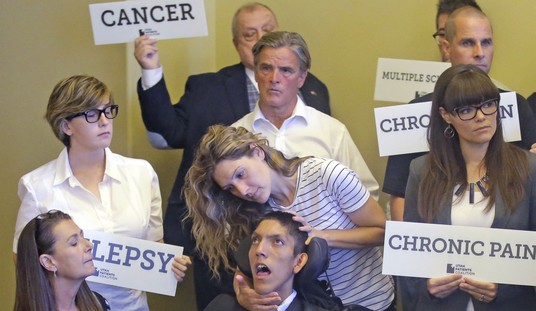Chicago, Illinois has had nearly 1,000 coronavirus-related deaths, and at last count had more than 20,000 confirmed cases of the COVID-19 virus. The city is also dealing with an increase in violent crime since Gov. J.B. Pritzker’s stay-at-home order was put into effect back in March. Two professors in Illinois say in a new op-ed in the Chicago Sun-Times that the coronavirus deaths and the gang violence may be linked.
Roberto R. Aspholm from Southern Illinois University and John M. Hagedorn of the University of Illinois at Chicago argue that the young criminals who have no regard for laws against robbery, carjacking, and homicide may not be paying much attention to the stay-at-home orders either.
The virus and violence have race and poverty in common. African Americans comprise roughly 30% of Chicago’s population but make up nearly half of its poor residents and 80% of its homicide victims.
Similarly, blacks represent at least 40% of Chicago’s coronavirus cases and 55% of its pandemic-related deaths. Part of this overrepresentation can be explained by black Chicagoans’ disproportionate rates of chronic health conditions, employment in “essential” economic sectors, reliance on public transportation and uninsurance, all of which increase one’s chances of infection and severe symptomatology.
But another key link between violence and the virus are large numbers of alienated young people on Chicago’s South and West Sides. Like in many other places, young people are ignoring the stay-at-home and social-distancing orders coming from elected officials, heightening the risk of viral infection and transmission. In Chicago, these young people are often the same ones involved in the city’s rampant gun violence that has persisted throughout the pandemic.
So what do you do with these young offenders? The answer, according to Aspholm and Hagedorn, isn’t new gun control laws or locking up people in the Cook County jail for violating social distancing norms. Instead, they say that’s what’s really needed are jobs.
A broad-based public employment initiative is perhaps the most desperately needed intervention in communities where Depression-era levels of unemployment existed even before the pandemic — and are doubtlessly much worse now. The relative disorganization of today’s gangs and their often-marginal involvement in the illicit drug economy greatly enhances the potential success of such an initiative. Importantly, however, such a program wouldn’t be limited to these communities and would likely enjoy widespread support given the broader economic devastation wreaked by the coronavirus pandemic.
While the City of Chicago and State of Illinois should marshal whatever resources possible toward this end, they should also demand of their counterparts in Washington — both current and hopeful — that a robust federal response is needed. The recent $3 trillion stimulus proves that funding is no valid obstacle — that where there is a will, there is a way.
Despite what the professors say, funding is an obstacle, though if unemployment rates of 20-percent or more persist for the next several months, a public employment initiative may become more more attractive to politicians. President Trump has already spoken of his desire for Congress to pass a $2-trillion infrastructure bill “focused solely on jobs and rebuilding the once great infrastructure of our country,” but Senate Majority Leader Mitch McConnell has balked at the price tag.
During the Great Depression, the Roosevelt administration engaged in jobs programs like the Federal Writers Project, the Civilian Conservation Corps, and the Historic Records Survey, many of them under the auspices of the Works Project Administration. Even at its peak, however, the WPA provided government funded jobs for some 3-million Americans. At the moment, there are 38-million Americans who’ve applied for unemployment since President Trump declared a national emergency in March.
Any jobs program unveiled by the current administration would be hard pressed to provide relief or employment for even half of currently unemployed Americans, and I suspect that unemployed Americans who aren’t gang members might have a small problem with convicted criminals getting a government paycheck while they scramble to find work to pay their bills.
The professors are right that employment opportunities can truly help gang members escape the cycle of violence and help them become productive members of society, but a targeted approach that offers help on one hand and promises prosecution without plea bargains to those who refuse the chance to turn their life around would be a better solution, in my opinion. Programs like Project Ceasefire have a proven track record of reducing shootings and homicides by focusing efforts on the most violent offenders, who are also the most likely to be shot or killed in gang violence. Instead of waiting or hoping for a massive jobs program to turn the tide of gang violence in Chicago, local officials should start with something that’s doable, affordable, and effective.










Join the conversation as a VIP Member